A Journey Through Time in Cappadocia’s Gateway
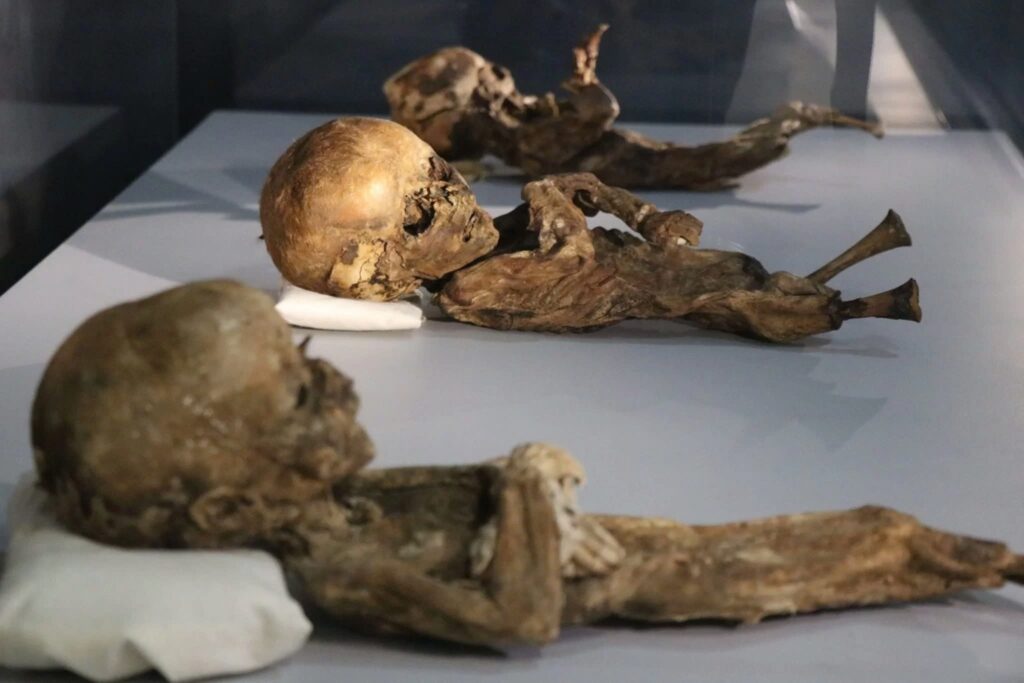
Nestled in the heart of Turkey, the city of Aksaray stands as a silent witness to millennia of human history. Once a crucial stop on the Silk Road and known as Cappadocia’s gateway to the west, Aksaray now captivates visitors with its unique archaeological treasures – a collection of eerily well-preserved mummies dating back a thousand years.
From Neolithic Roots to Early Christian Refuge
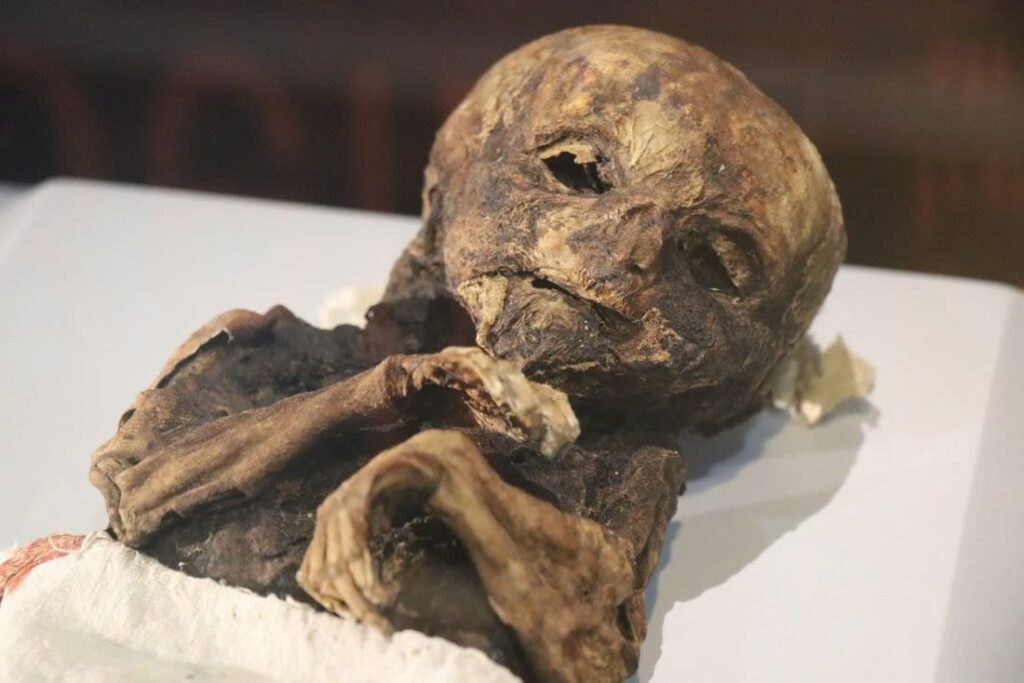
Aksaray’s story begins an astonishing 11,000 years ago with the establishment of Aşıklı Höyük, one of Central Anatolia’s first village settlements. Through the ages, this land has been home to a parade of civilizations – from the Hittites and Persians to the empires of Alexander the Great, Rome, and Byzantium.
In the 1st century AD, as Christianity began to spread across Anatolia, the region took on new significance. Facing persecution from Roman polytheists, early Christians sought sanctuary in Aksaray’s rugged landscape. They carved intricate underground cities, churches, and dwellings into the rocky valleys, creating a hidden world that would preserve their faith – and ultimately, their earthly remains.
The Mummies of Aksaray: A Unique Testament to the Past
Turkey’s First and Only Mummy Exhibit
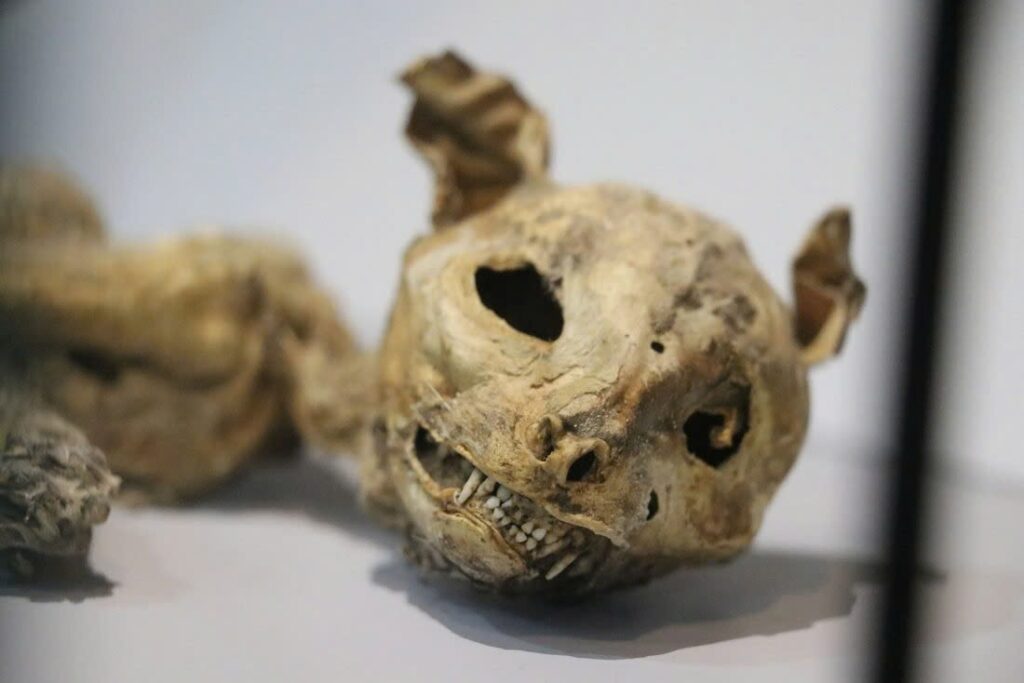
Today, the Aksaray Museum houses a collection unlike any other in Turkey – the country’s first and only dedicated mummy section. Within climate-controlled showcases, 13 mummies from the 10th, 11th, and 12th centuries silently tell their stories.
Yusuf Altın, the museum’s director, explains the significance of the collection: “With 13 mummies, we are the only museum in Turkey with a dedicated mummy section. While there are individual mummies in other museums, our exhibit is truly unique in the country.”
A Glimpse into Ancient Lives
The mummies, discovered during excavations of churches in the nearby Ihlara Valley, offer a fascinating cross-section of medieval life. Adults, babies, and even a cherished pet cat were preserved using a distinctive local mummification technique.
A Unique Preservation Method
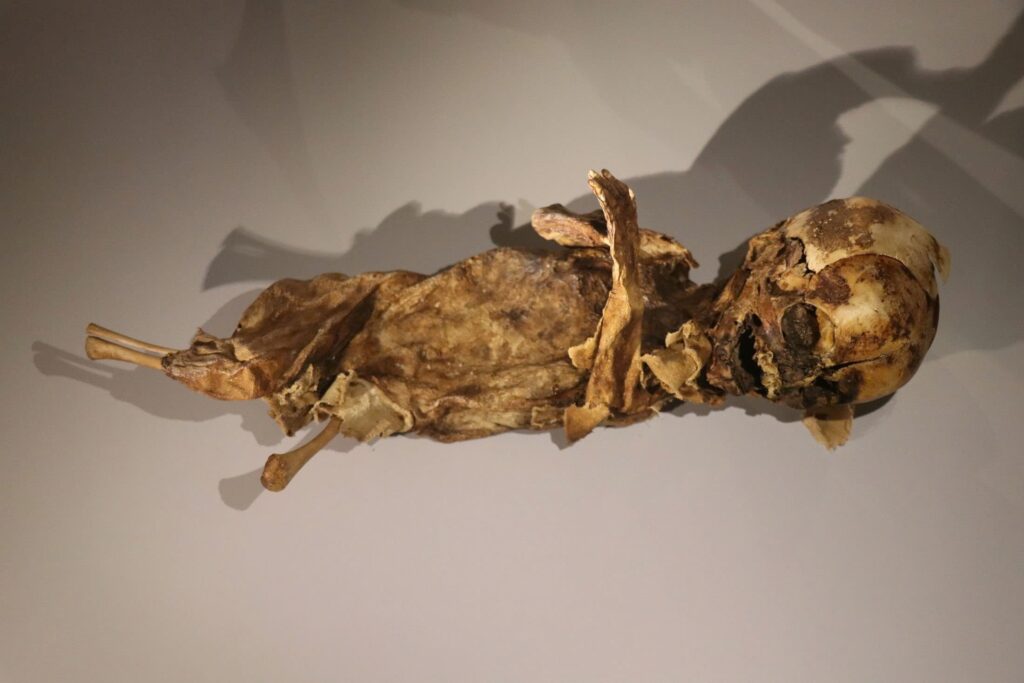
“The mummification technique here differs from that used in Egypt,” Altın elaborates. “After death, the internal organs were removed, and the body was coated with melted wax. It was then wrapped in fabric and a shroud before burial. This process allowed the corpse to remain preserved for centuries.”
The resulting mummies provide invaluable insights into the lives of those who lived a millennium ago. Intricate embroideries on necklaces, booties, and shrouds hint at the fashions and craftsmanship of the time.
The Cat Mummy: A Thousand-Year-Old Pet
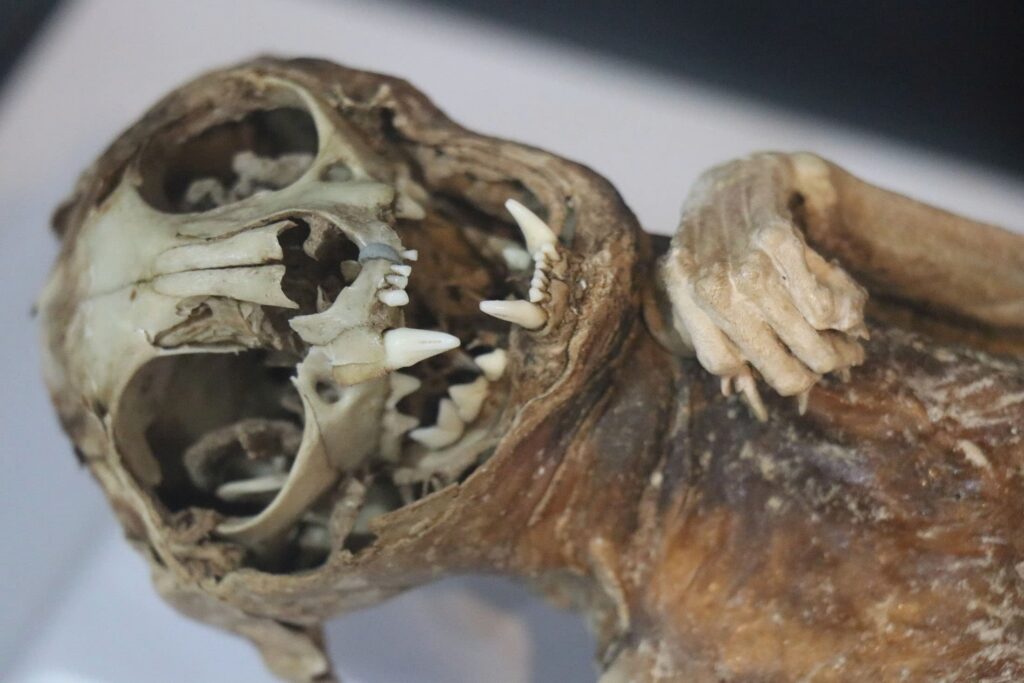
Perhaps the most touching artifact is the mummified remains of a cat, likely preserved out of love by its ancient owner. This unexpected find particularly captivates younger visitors, bridging the gap between past and present through the timeless bond between humans and their animal companions.
A Window into the Past, A Bridge to the Future
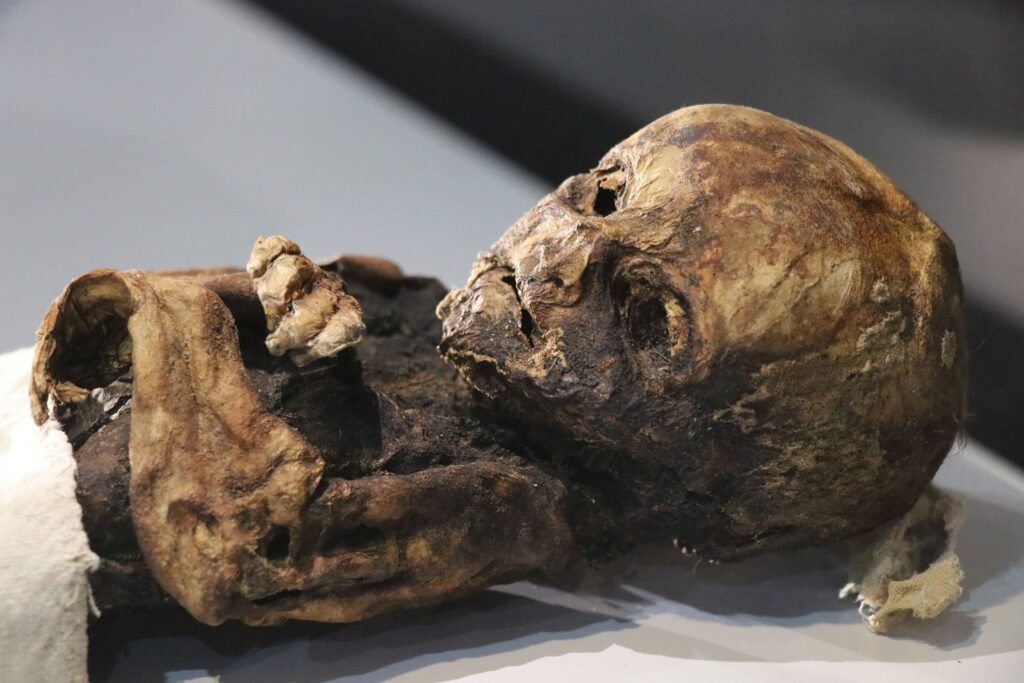
As visitors stand before these ancient remains in Aksaray, they are transported across a thousand years of history. From the earliest days of civilization to the dawn of Christianity in Anatolia, the mummies of Aksaray offer a tangible connection to those who came before us. In their silent presence, we are reminded of the enduring human desire to preserve our stories, our beliefs, and our loved ones for generations yet to come.

